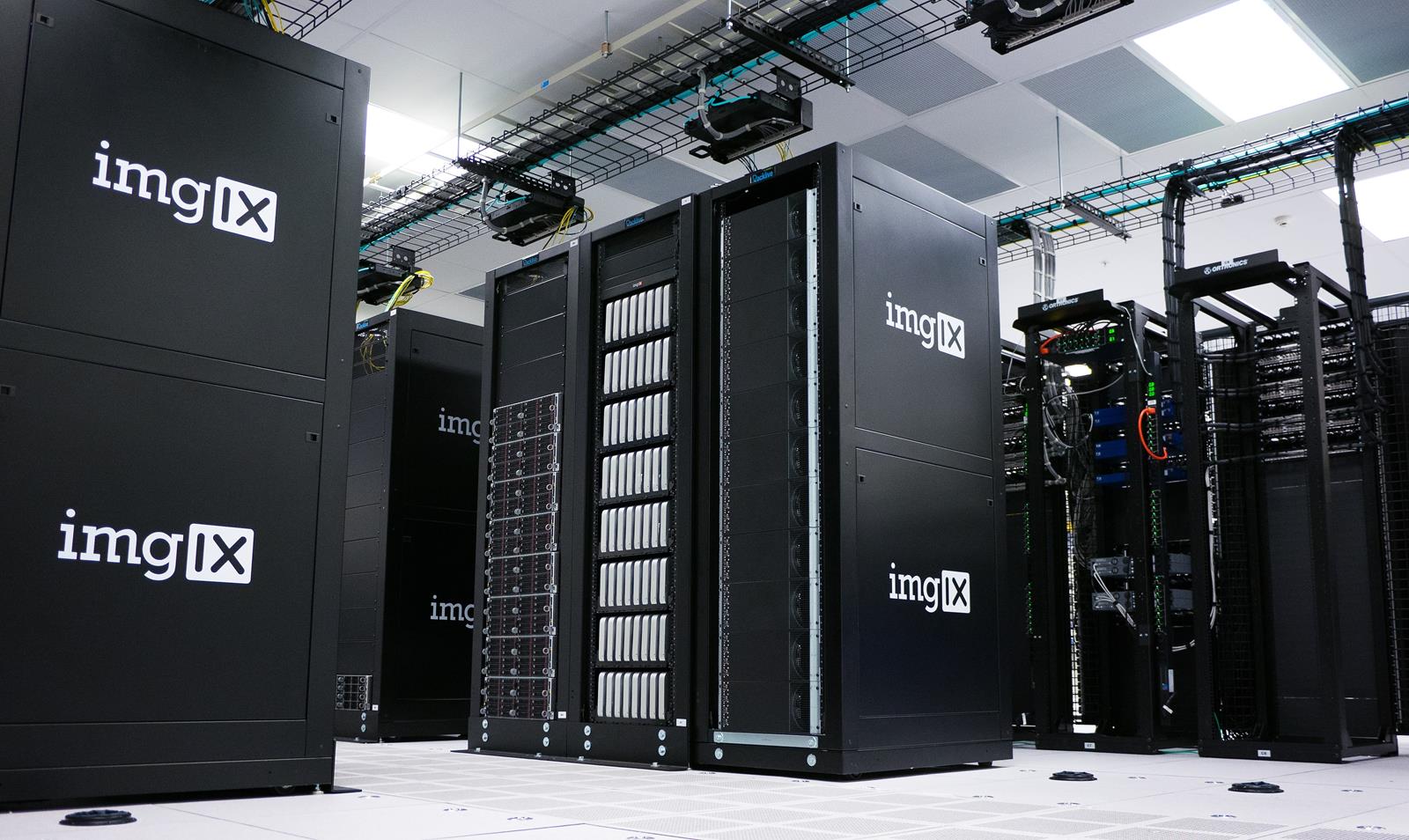Technology drives the way we live our lives. Everything from communications to entertainment to social networks is created and delivered faster than the speed of light. One of the fastest changes in the technology world is cloud computing. Cloud computing has been around for decades but it has recently exploded with new features and uses that allow companies to empower their employees while saving time and money. Cloud computing delivers many important capabilities to help business people improve their efficiency. Here are a few examples:
Disaster recovery is one of the key capabilities of cloud computing services. Typically, when a company experiences a catastrophe, IT professionals manage the systems in-house. However, in some cases, IT cannot manage because of the disaster. With cloud computing services, a businessperson can use an online data backup service to restore critical applications and files in real time.
Infrastructure servers are another way cloud computing services help companies. An IaaS is a virtual machine. It is similar to a dedicated server but hosted on the cloud provider’s infrastructure. The IaaS runs applications and performs services in the cloud environment as a virtual machine.
Hybrid clouds are another type of cloud computing service that combines hardware and software solutions. A hybrid cloud solution usually consists of two or more servers. The hardware is typically based on the technology of the client business. In addition, the software applications are normally based on open source technologies such as Java and PHP.
Public clouds are also known as public virtual servers. They are hosted by an internet service provider (ISP). The IaaS is part of the public cloud services and may be sold on demand. In contrast, infrastructure based on private or hybrid clouds is not sold on a pay-for-use basis.
Some cloud computing providers offer infrastructure as a service as well as cloud services. Infrastructure as a service is an application through which a company’s IT infrastructure operates just like it would in a dedicated infrastructure. Private clouds are managed by a technology or network administrator. Hybrid clouds operate similarly to a public cloud but the hardware is owned by a third-party company and used for the client’s data storage needs.
Disaster recovery is also an important aspect of using cloud computing. This process involves restoring vital data and applications to a specific point in time. This provides companies with the ability to use electronic systems and applications even after a disaster. Companies must invest in disaster recovery technology because disasters can occur at any time. If an employee’s car breaks down in the middle of the road, the company cannot afford to lose data or incur expenses to have the car repaired.
Technology experts forecast that cloud computing services will continue to expand at a rapid rate over the next few years. There are already many public cloud services available including Amazon Web Services, Google Data Servers, IBM’s SoftLayer, Microsoft’s Platform Development Kit (PDK), Google Compute Cloud, and Yahoo! WebOS. While these services still face hurdles, cloud computing services have the potential to significantly reduce operating costs. This could spur more investment from customers, which could ultimately lead to increased profitability.
Some argue that the best solution right now is private cloud computing. Unlike public clouds, private cloud service providers do not need to share their infrastructure. However, private cloud service providers typically charge more because they have access to more hardware and resources. This makes them appear to be more costly than public cloud service providers. Hybrid cloud service providers serve as a great alternative because they combine the best aspects of public and private cloud computing.
Hybrid cloud services combine some of the features of both public and private cloud computing solutions, but they also provide additional benefits. These benefits include increased reliability, higher performance, enhanced security, and additional storage capabilities. With the combination of these services, companies have the opportunity to take advantage of both services without having to spend all their money on private services. This allows them to maximize the return on investment (ROI) from their IT budget.
For smaller businesses, it is important to make the best use of technology. Many companies that have limited IT budgets struggle with the decision to go with either public cloud services or private services. However, with a hybrid cloud computing strategy, they can get all the benefits of both services without spending all of their available IT budget on just one. By using the advantages offered by both public and private cloud services, smaller businesses can successfully reduce their IT costs and increase their IT efficiency.
With many companies investing in virtualization technologies, it is important for them to look into cloud computing. Virtualization allows businesses to use the same infrastructure regardless of whether they are in the public or private cloud. Cloud computing reduces the overall cost of IT, because it provides businesses with a reliable and consistent resource. Now that businesses are aware of the benefits that cloud computing can offer, they are eager to use these services in order to save money. However, virtualization requires large amounts of hardware and software, which can easily become too expensive for some organizations.


